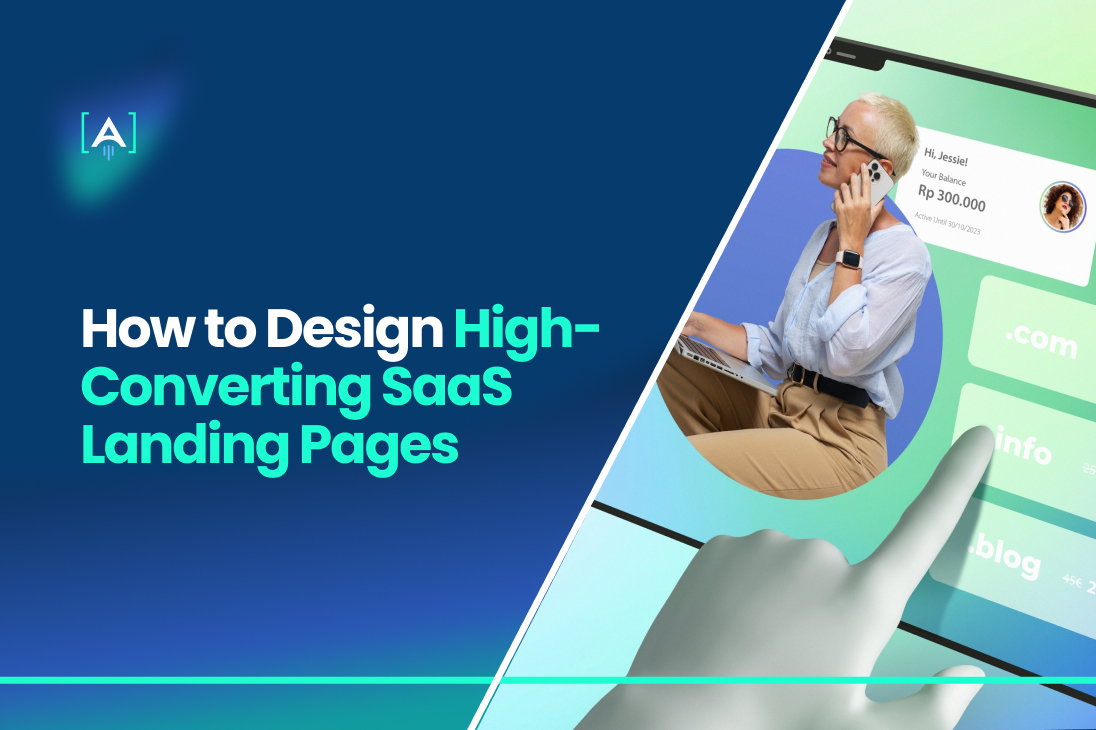Capturing leads and converting visitors into customers are the responsibility of SaaS landing pages.
These pages drive specific actions and are optimized for performance.
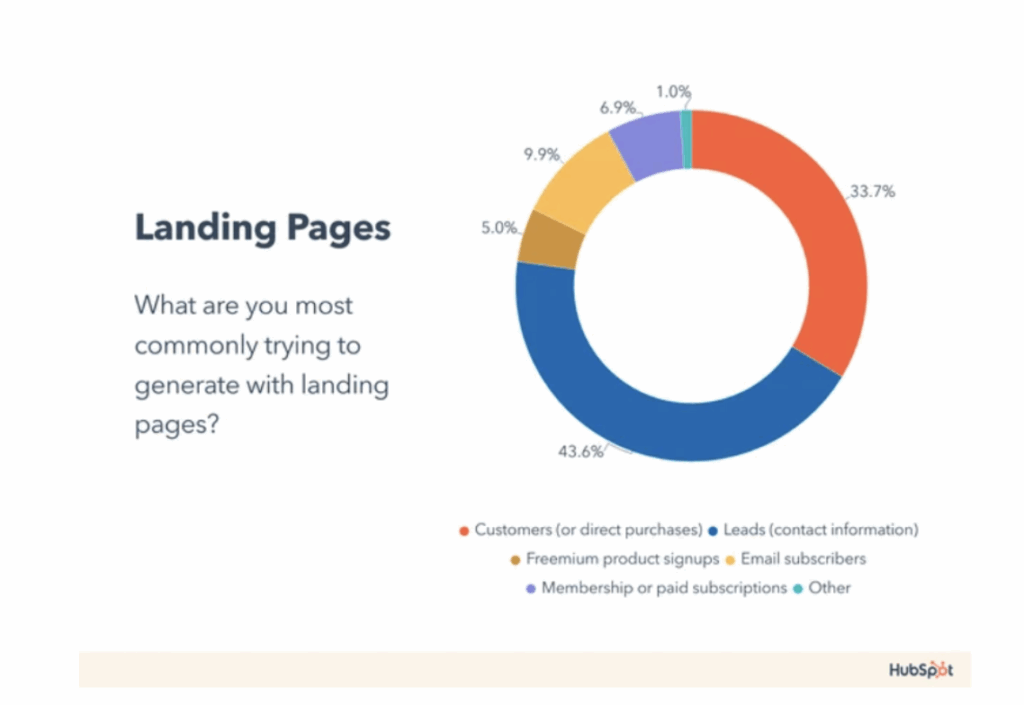
Source: HubSpot
A SaaS marketing agency can refine and enhance these pages by analyzing SaaS metrics, leading to higher conversion rates and improved ROI. Effective SaaS landing page design directly influences the success of SaaS marketing strategies.
This blog post clarifies the essential elements and best practices for creating high-converting SaaS landing pages, offering insights on design, copywriting, user experience, and optimization techniques to maximize engagement and conversions.
Understanding Your Audience
Understanding your audience thoroughly is crucial to designing an effective SaaS landing page. Whether you’re targeting individuals or businesses, pinpointing the right audience shapes the entire strategy of your landing page, from the messaging to the visuals.
Identifying Your Target Market
A clear understanding of your target market is the foundation of creating compelling SaaS landing pages.
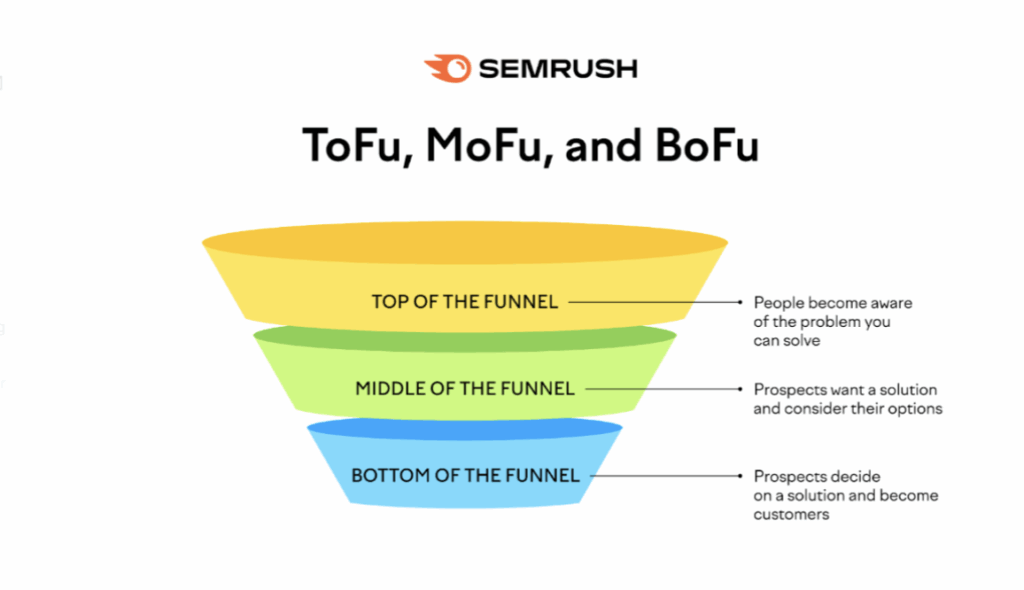
Source: SemRush
Knowing your audience, what they need, and how they interact with your product is key to crafting pages that resonate and convert.
With our all-in-one platform, you can integrate form fields, screen recording software, and most Landing Pages seamlessly, optimizing your SaaS product landing pages while also effectively managing your social media posts.
Your prospective customers are fond of the good saas landing.
Methods to Determine Your Target Audience
Determining your target audience begins with answering the fundamental question: What is SaaS, and how does it solve your audience’s problems?
For B2B SaaS companies, this means identifying businesses that could benefit from your solution. Start by analyzing your current customer base. Look at demographic information such as industry, company size, job roles, and geographic location. Use tools like Google Analytics and CRM systems to gather data on website visitors and existing customers.
Additionally, conducting surveys and interviews can provide qualitative insights into customer needs, pain points, and preferences.
Understanding why your customers chose your product can inform your approach to new prospects. Another effective method is engaging in social listening to see what potential customers are discussing in forums and social media about SaaS solutions and their challenges.
Market research also plays a vital role.
Analyze competitors and SaaS landing page examples to see who they are targeting and how they are positioning their products.
Industry reports and trend analysis can offer a broader view of market demands and emerging needs. This combination of data helps create a more nuanced and accurate picture of your target market.
The Importance of Audience Personas
Once you’ve gathered data on your audience, it’s time to synthesize this information into detailed audience personas.
Personas are fictional characters representing segments of your audience based on shared characteristics. These personas should include details such as their job titles, company types, daily challenges, and decision-making processes.
For instance, a persona for a B2B SaaS product might be “Mike, the IT Manager at a mid-sized tech firm.”
Mike is responsible for finding cost-effective solutions to streamline operations and enhance cybersecurity. Understanding Mike’s goals, pain points, and how he evaluates software helps tailor the SaaS landing page specifically to his needs.
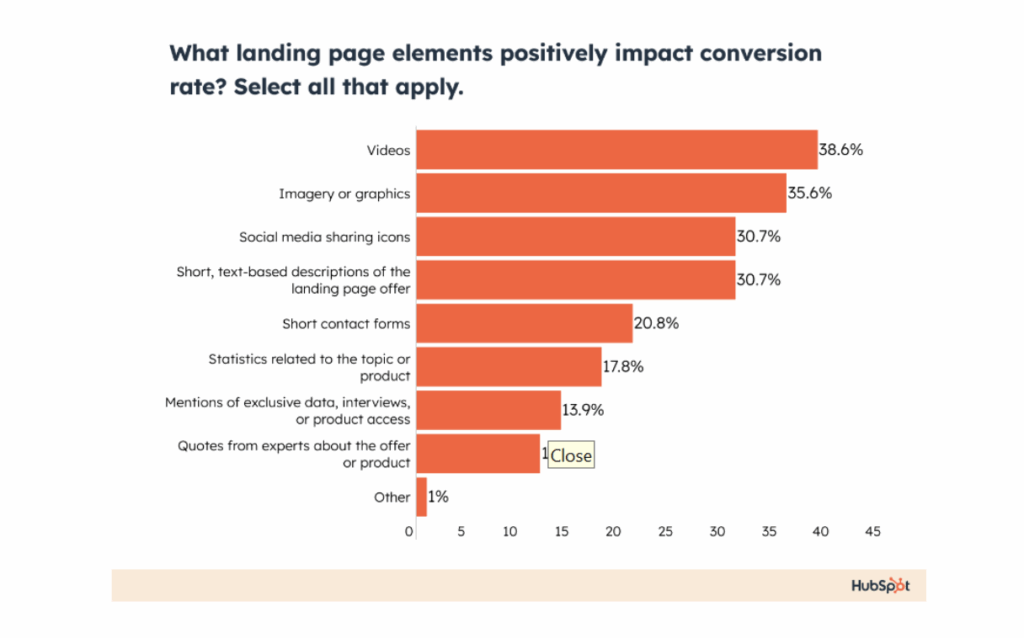
Source: HubSpot
Creating personas is crucial because they help focus your SaaS marketing efforts. When you create landing pages, these personas guide the tone of your copy, the value propositions you highlight, and even the visual elements you choose.
For example, if you’re targeting tech-savvy IT managers, your landing page might emphasize technical features and include product demos or integration capabilities.
Personas also inform the design and functionality of your landing pages. Knowing that your target audience prefers quick access to information might lead you to use clear, concise headers and bullet points.
If your audience values detailed content, you might include in-depth case studies and landing page examples showcasing how others have benefited from your product.
Effective personas enable you to address each audience segment’s specific concerns and motivations. They ensure that every element of your SaaS landing page is relevant and engaging, ultimately driving higher conversions.
Using landing page builders can simplify the process of aligning your landing page design with your audience personas. These tools often come with customizable templates that can be connected to fit the unique needs and preferences of different audience segments. By leveraging these builders, you can efficiently create and check multiple variations of your landing pages to find the most effective design for each persona.
As market dynamics shift and your b2b landing page SaaS product evolves, so too will your audience’s characteristics and needs.
Continuously gathering feedback and analyzing user behavior on your landing pages can offer valuable insights to refine your personas and, consequently, your landing pages.
Key Elements of a High-Converting SaaS Landing Page
Crafting a high-converting SaaS landing page involves a mix of strategic elements that work together to capture attention, engage users, and drive conversions.
These landing page elements include compelling headlines, persuasive copywriting, engaging visuals, and fast loading times. Each plays a crucial role in turning visitors into customers, making them essential for any killer SaaS landing page.
Compelling Headlines
The Role of Headlines in Capturing Attention
The headline is often the first thing visitors see when they land on your page, and it can make or break their initial interest.
As for the SaaS landing page, a headline must immediately communicate your product’s or service’s core value. It should be clear, concise, and aligned with the user is needs. A powerful headline grabs attention and encourages the visitor to read further, setting the tone for the rest of the page.
For example, if your SaaS product is a video conferencing software, a headline like “Seamless Video Meetings Anytime, Anywhere” quickly tells the user what to expect and highlights a key benefit.
Tips for Writing Effective Headlines
Writing effective headlines for SaaS landing pages involves several landing page best practices.
First, focus on clarity and specificity. Avoid vague or overly clever headlines that might confuse the visitor. Instead, clearly state the primary benefit or solution your product offers.
Use action-oriented language that prompts visitors to engage, such as “Boost Your Team’s Productivity with Our Video Conferencing Software.”
Including numbers or data can also be effective, as they provide tangible proof of your value proposition, like “Reduce Meeting Downtime by 50% with Our Tool.”
Another tip is incorporating keywords that resonate with your target audience and improving SaaS SEO. For instance, terms like “best SaaS landing” or “top-rated video conferencing software” can help attract and convert visitors actively searching for those solutions.
Additionally, testing different headlines through A/B testing can provide insights into what works best for your audience, enabling you to refine and optimize your approach continually.
Persuasive Copywriting
Once the headline has captured attention, the rest of the page’s copy needs to build on that momentum. Persuasive copywriting on a SaaS landing page should highlight your product’s key benefits and features while addressing potential customer pain points.
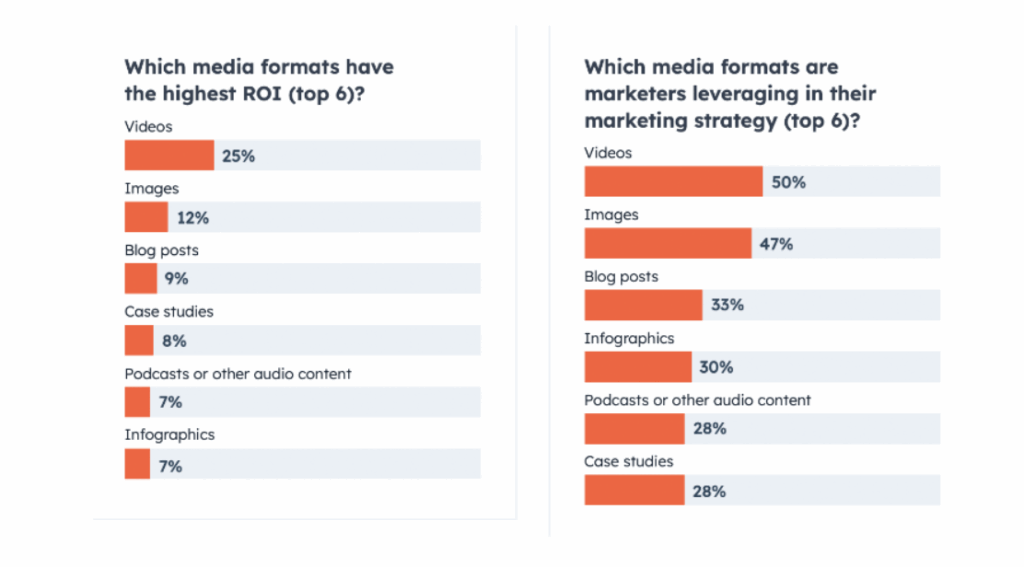
Source: HubSpot
Use clear, concise language and avoid jargon that might confuse the reader.
Emphasize how your SaaS solution can solve their specific problems. For example, if you’re marketing a video conferencing software, focus on how it simplifies remote collaboration, enhances meeting quality, or integrates seamlessly with other tools they use.
Including success stories or customer testimonials can also be very persuasive, as they provide social proof and show real-world applications of your product.
Another important aspect of persuasive copy is to create a sense of urgency or scarcity. Phrases like “Start Your Free Trial Today” or “Limited Time Offer” can encourage visitors to act immediately.
Your copy should also be optimized for SaaS SEO, incorporating relevant keywords naturally to improve your search visibility and attract more qualified traffic.
Engaging Visuals and Media
Visuals play a critical role in engaging visitors and enhancing the overall appeal of your SaaS landing page. High-quality images, video testimonials, and graphics can help break up text, illustrate complex ideas, and keep visitors’ attention.
For SaaS landing pages, screenshots of your product in action, demo videos, and infographics effectively showcase your software’s features and benefits.
When creating landing pages, ensure that the visuals align with your brand and message. They should complement the copy and provide additional context or support for your claims.
For example, a landing page for video conferencing software might include a video demo showing how easy it is to set up and join meetings or a graphic highlighting its key features, such as HD video, screen sharing, and recording capabilities.
Using interactive elements can further enhance engagement.
Tools like animated explainer videos or interactive product tours can help visitors understand how your software works and its advantages. However, it is important to balance visuals and media with page load times, as overly large or numerous elements can slow down your page and negatively impact user experience and SEO.
Fast Loading Times
In the digital age, speed is everything. A slow SaaS landing page can frustrate users and lead to higher bounce rates, significantly affecting your conversions, conversely full landing page.
Studies have introduced that a delay of even a few seconds can substantially drop user satisfaction and engagement. Therefore, landing page optimization must prioritize fast loading times.
Several techniques can help improve the speed of your SaaS landing pages. Optimize photos and videos to reduce their file size without compromising quality. Use modern file formats like WebP for images and compress videos appropriately. Increase browser caching and content delivery networks (CDNs) to reduce server load and deliver content more efficiently.
Minimizing heavy scripts and plugins, especially those that load synchronously, can also boost performance. Streamlining your code by removing unnecessary elements and using clean, efficient coding practices helps keep your page lean and fast.
Finally, regularly testing your landing pages for speed using tools like Google PageSpeed Insights or GTmetrix can help identify and address performance issues. A fast-loading SaaS landing page enhances user experience and benefits SaaS SEO by improving your page’s ranking in search results.
Utilizing Data and Analytics
Leveraging data and analytics is crucial to maximizing the performance of your SaaS landing page. This involves systematically testing different elements and using specialized tools to gather insights and optimize for conversions.
By embracing a data-driven approach, you can transform your landing page into a high-performing asset that drives significant business results.
A/B Testing
H4: What to Test on a Landing Page
A/B testing, also known as split testing, is an approach where two versions of a SaaS landing page are compared to see which implements better in terms of specific metrics like click-through rates or conversions.
For SaaS businesses, a landing page can contain numerous elements that can be tested to determine their impact on user behavior and engagement.
Key components to consider testing include headlines, as they are critical in capturing the user’s attention. You might compare a benefits-focused headline against a more feature-oriented one to see which resonates more with your audience.
The sign-up form is another vital element to test. Variations can include changes in form length, field labels, or the call-to-action (CTA) button text. For example, testing “Start Your Free Trial” versus “Get Started Now” can help identify which CTA drives more conversions.
Visual components such as images and videos also play a significant role in user engagement. Testing different visuals, like a product demo video versus a customer testimonial image, can reveal what type of content keeps visitors on the page longer and persuades them to convert.
Even color schemes and layout changes, such as the placement of the sign-up form or the navigation flow, can have substantial effects on user interaction.
Moreover, testing trust signals like customer logos, security badges, and reviews can help assess their impact on building credibility and encouraging sign-ups.
Each of these elements can significantly influence how users interact with your SaaS landing page, and testing them allows you to make informed decisions according to actual user data rather than assumptions.
Interpreting A/B Test Results
Interpreting A/B test results is about more than just identifying which version had the higher conversion rate. It involves understanding why one version outperformed the other and using these insights to inform future decisions.
For example, if a new headline leads to higher engagement, delve into why it was more effective. Did it more clearly communicate the value of your SaaS product, or was it more aligned with the user’s intent for looking through the entire page?
Statistical significance is another critical factor. A result is considered statistically significant if it’s unlikely to have occurred by chance. Tools that provide A/B testing capabilities often calculate this for you, but it’s essential to ensure your sample size is large enough to draw reliable conclusions.
Consistently applying insights from A/B testing to future landing page designs can lead to continuous improvement and optimization of your SaaS landing pages.
Each test offers valuable data that can be used to refine not only the current page but also inform the design of other landing pages and web pages across your SaaS business.
Conversion Rate Optimization (CRO) Tools
Conversion Rate Optimization (CRO) tools are essential for analyzing and improving the effectiveness of your SaaS landing pages.
These tools offer detailed insights into how users interact with your pages and help identify areas for enhancement. Some popular CRO tools include:
- Google Optimize: This free tool integrates seamlessly with Google Analytics, enabling you to conduct A/B tests, multivariate tests, and redirect tests. It’s ideal for testing different versions of your SaaS landing page and gaining insights into user behavior.
- Optimizely: Known for its robust feature set, Optimizely offers A/B testing, personalization, and experimentation across web pages and mobile apps. It’s particularly useful for SaaS businesses looking to tailor their landing pages to different user segments.
- Hotjar: This tool combines heatmaps, session recordings, and feedback polls to comprehensively view user behavior. It helps you understand where users are clicking, how they navigate your page, and where they drop off.
- Crazy Egg: Similar to Hotjar, Crazy Egg offers heatmaps and user session recordings, along with tools like scroll maps and confetti reports to visualize user interactions and engagement.
- Unbounce: Besides being a powerful landing page builder, Unbounce includes A/B testing and conversion intelligence features to help optimize your SaaS landing pages. It’s designed to streamline the process of creating and testing high-converting landing pages without needing extensive technical skills.
How to Leverage These Tools for Better Insights
Set clear goals and KPIs for your SaaS landing page to get the most out of CRO tools. Whether it’s increasing sign-ups, boosting free trial conversions, or reducing bounce rates, having specific objectives will guide your optimization efforts.
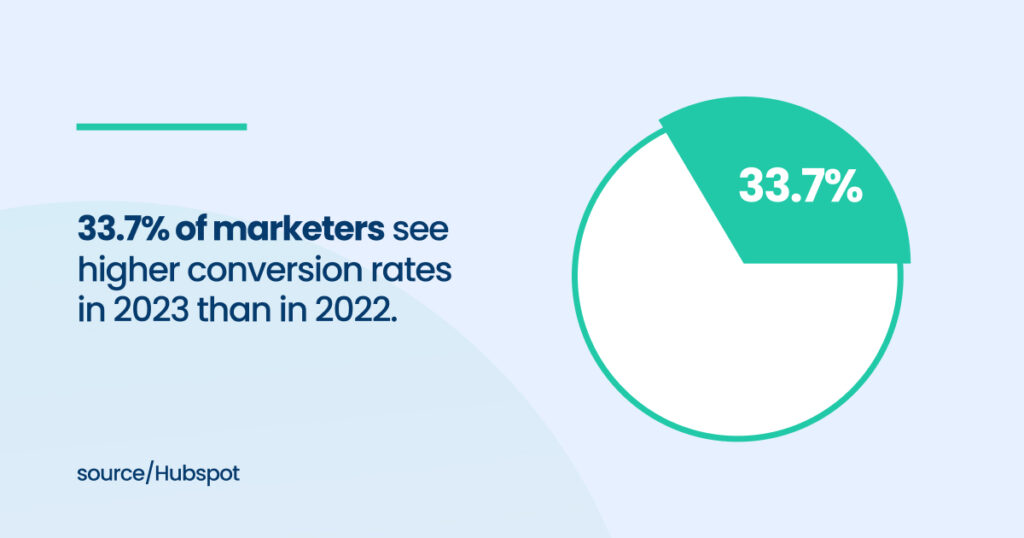
Next, use these tools to gather data on current user behavior. Heatmaps and session recordings from tools like Hotjar and Crazy Egg can reveal patterns in how users interact with your page, highlighting areas needing improvement.
For instance, if heatmaps show that users are frequently clicking on non-clickable elements, it might indicate a need for clearer navigation or more actionable content for another landing page.
A/B testing tools like Google Optimize and Optimizely can then be used to test hypotheses based on these insights. If data shows that users aren’t scrolling far enough to see your sign-up form, you could test different placements or add elements that encourage scrolling.
Additionally, tools like Unbounce can help streamline the process of creating and optimizing new landing page designs. By using its templates and testing features, you can quickly iterate on different versions and find the design that performs best.
Consistently reviewing and acting on the insights gained from these tools is key.
Use the data to refine your next landing page design and continuously improve your SaaS landing pages. Over time, this approach will help build a repository of best SaaS landing pages that drive engagement and conversions across your SaaS business.
Partner with [A] Growth Agency for Your SaaS Industry
Staying ahead of the struggle requires a strategic partner who understands your unique SaaS needs.
At [A] Growth Agency, we specialize in driving high-impact growth for SaaS businesses through tailored marketing solutions.
Our professional team has a deep understanding of the SaaS landscape. We know what works and what doesn’t in SaaS marketing, allowing us to create customized strategies that reverberate with your target audience and convert leads into loyal customers.
Let us help you navigate the complexities of SaaS marketing!
